There are numerous reasons why freight has been moved globally for hundreds of years. Many of these goods conveyed are either essential or at least beneficial for daily living. In our contemporary society, we have become familiar with utilizing and consuming a lot of products that are not indigenous to our own nation.
The same goes for countries around the world. In a single day, you might wear clothing from one country, eat food from another, and use electronics built in yet another nation. We don’t really think twice about this anymore.
Among these many items, however, we have discovered some that are bizarre, strange, highly valuable, or just plain weird. Read on to discover a list of the 25 strangest cargo ever carried by plane, train, automobile (or wagon train).

1. The Holy Grail

If the legend is true, the most sacred and most priceless cargo of all time would have been when the Knights Templar supposedly transported the Holy Grail to England by sea in the 12th century.
The Holy Grail was said to be the cup that Jesus Christ drank from at the last supper and was later to have been used by Joseph of Arimathea to catch Christ’s blood at his crucifixion. Some say the cup is hidden somewhere in Glastonbury in England. The legend goes that if you drink from it, it will grant you eternal youth!
2. Transporting Hitler to a new life?

What if you found yourself transporting someone who had supposedly died a few days earlier? It is alleged that the commander of the German submarine U-530 found himself in that exact position just after World War II. Some say that he secretly transported Adolf Hitler and his new wife to South America!
Though this may seem a little fantastic, there are some strange facts to consider. First, Hitler’s and his wife’s bodies were never found. Also, why did the captain and his crew travel thousands of miles to surrender in Argentina, when neutral Spanish was less than a day away from their original position? Why did take them twice as long to get to Argentina than it should have?
It was later proven that some notorious Nazis did make it to South America at the end of the war, such as Captain Josef Mengele, known as the “Angel of Death.”
Was Hitler that secret cargo, who then lived out the rest of his days in South America?
3. The deadliest cargo ever?

Some cargo is not only strange and unwanted … but deadly. In the 14th century, trading ships from the Far East started to arrive in Europe with black rats onboard carrying fleas infected with the Bubonic plague.
It soon swept across the whole of Europe with devastating effect. It was to become known as the Black Death. By the time it had finished, it had killed an estimated 50% of the European population and reduced the world population by around 125 million people.
Bubonic plague still haunts the world today. In October 2017, in Madagascar, it killed about 170 people and infected thousands of others.
4. Let’s throw a tank off a moving plane!
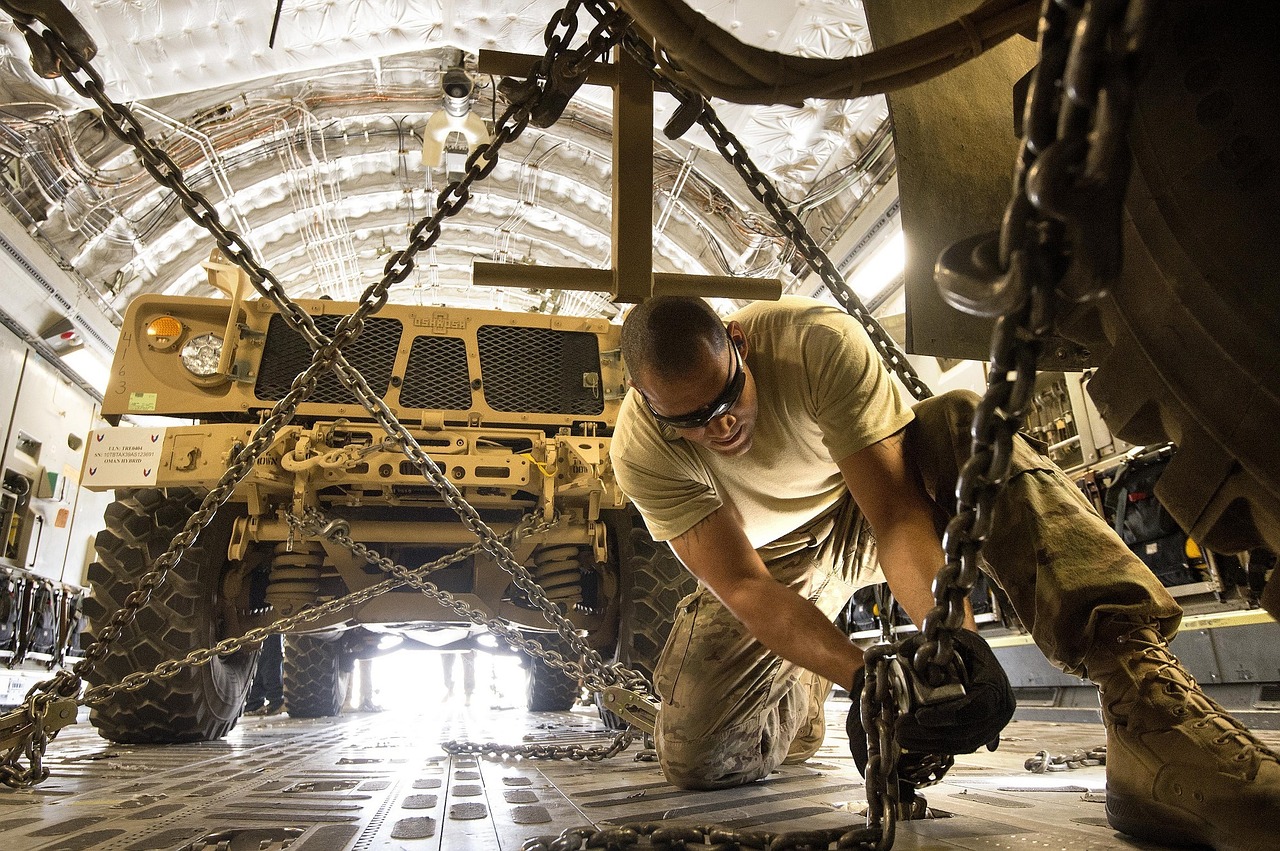
Military cargo planes carrying vehicles is not an unusual thing, but to have the ability to carry a tank is. Even a light one, like the M22 Locust from WWII, weighed over seven tons and was over 12 feet long. But it was so lightly armored and had such a small gun that it was nearly useless in combat.
The Americans revisited the problem in the late 1960s with the M551 Sheridan Airborne Assault Vehicle. Despite having light aluminum armor and a compact main gun that could fire either standard rounds or missiles, the tank was three times the weight of an M22 Locust (15 tons) and nearly twice the length (20 feet).
To make it more easily deployable, it was designed to be dropped out the back of transport aircraft flying at low speed at a height of under 10 feet. The tank was on a specially-designed pallet and skidded to a stop with the aid of a chute.
The tank crew was parachuted in from another transport plane. Once on the ground, they had to make their way to their tank.
The system proved clumsy. Often, the tank could not be used because of the impact of the landing. The tank itself was ineffective as its gun was over-complicated and unreliable. It was quickly phased out of front-line service.
5. Carrying around a spaceship

For 40 years, NASA strapped 165,000-pound space shuttles on top of heavily converted Boeing 747 jetliners. Initially, it was to carry out aerodynamic tests by releasing a test space shuttle from them at high altitudes and letting it glide back to earth.
After these tests were concluded, for the rest of their career, these giant 747’s were used to ferry the five operational space shuttles back and forth between the several launch sites NASA uses and its landing facility on Merritt Island in Florida.
6. The big bang
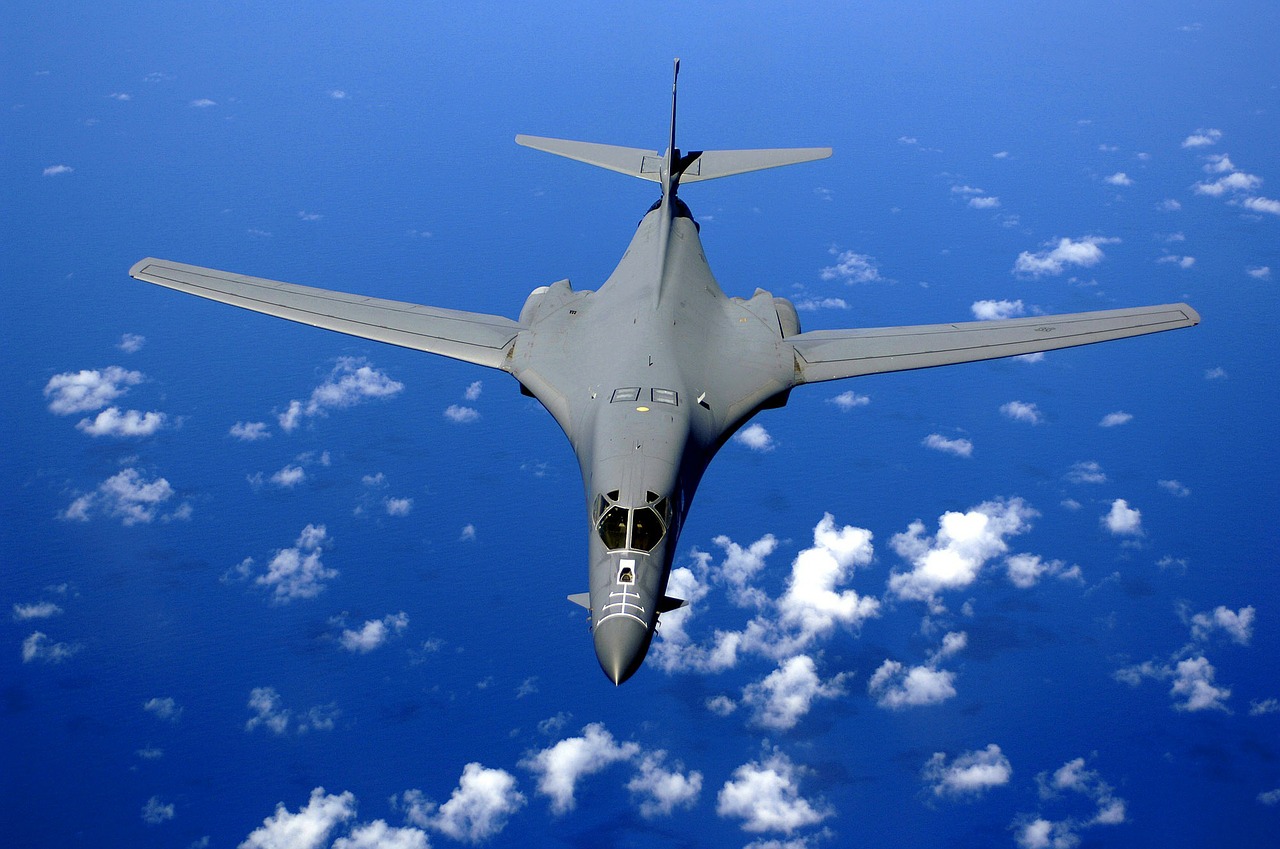
Is it not strange that the military thinks it makes perfect sense to go around carrying nuclear bombs on aircraft and threatening to drop them on their enemy at a moment’s notice?
This is known as a nuclear deterrent, but is it really a good idea considering how many aircraft have been lost or accidentally destroyed over the years? Then again, aircraft are an incredibly safe form of transportation. The American nuclear-armed bomber, the B-52 Stratofortress, has a serious mishap rate of just one in 75,757 flying hours. That basically means that if a B-52 could fly continuously, it would be 8.6 years before it had a serious accident.
However, the B-52 has already crashed in mainland America, Spain, Greenland, and the Indian Ocean. On several occasions, they were carrying nuclear weapons at the time.
7. Raining fish!
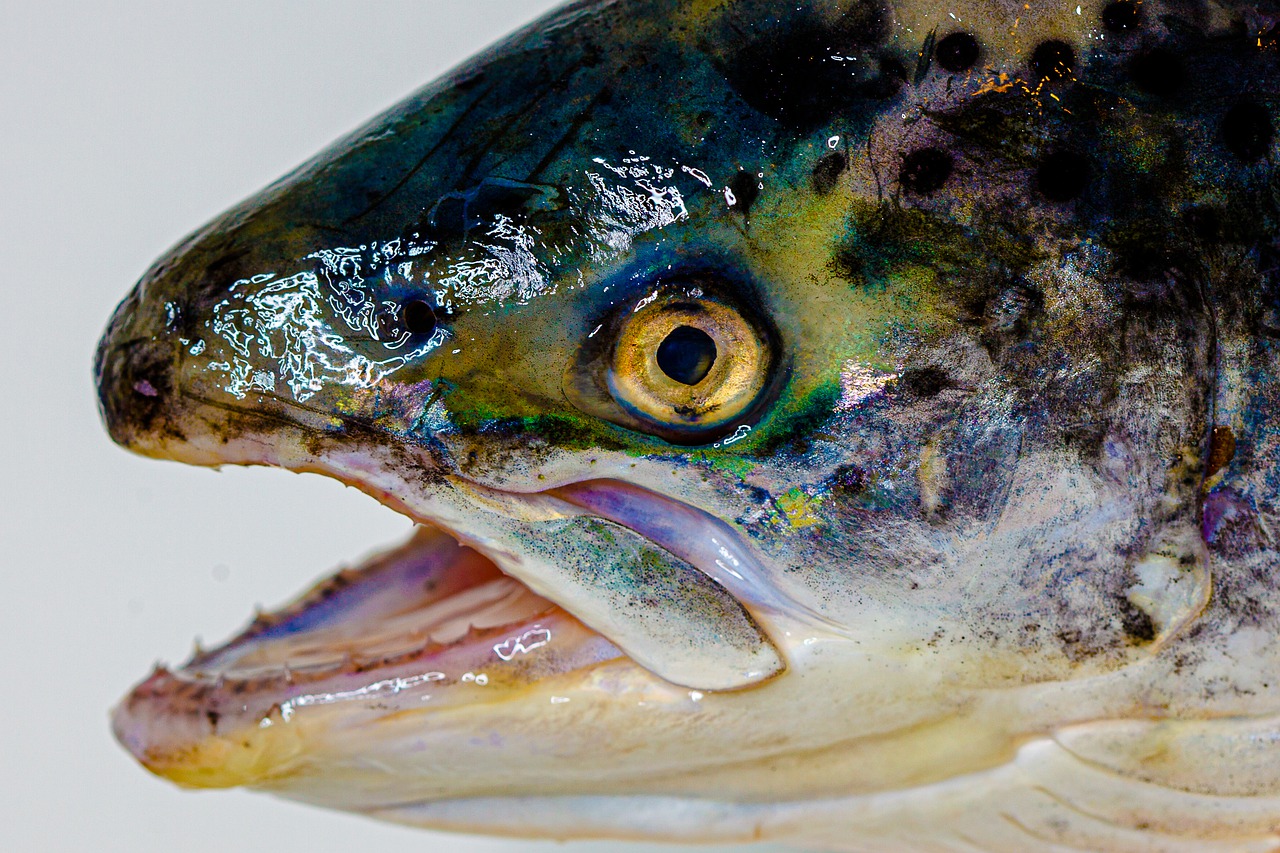
What is weirder than transporting thousand of live fish in a plane? It just might be flying over a lake and dropping them all from the air into the water below! That is just what happened in 2018 when the Utah Division of Wildlife Resources dropped trout in this way to restock their lake at Boulder Mountain.
The authorities claimed it was the least stressful way of doing this for the fish and their survival rate was near 95%. In other words, only 5% did not survive the high-speed drop from way above!
8. But is it safe?

When nuclear power stations need to dispose of their spent fuel rods, they often do this by sending them by train to a reprocessing plant for disposal. This highly radioactive material gets transported there in thick, high-quality steel containers designed to survive high-speed impacts, extreme temperature fires, earthquakes, floods, and tornadoes.
To date, there have been over 3,000 used nuclear fuel shipments without serious incident (in the US alone). But with this material having the ability to contaminate vast areas for decades at a time, it is nevertheless a cargo that makes many people nervous, especially as it often travels through populated areas.
9. The big gun of the railway

One of the largest things ever carried on the railways was the Nazi Heavy Gustaf railway gun of World War II. It moved around the railway network of Europe during the war and everything about it was huge.
It weighed 1,350 tons, was 155 feet long, and once set up it took over 500 men to operate it. It could only fire once every 45 minutes and fired a 7-ton shell up to 30 miles away.
A bigger version was planned, but it was damaged while under construction during a British bomb raid, and the project was abandoned.
10. Fill up your tank with dinosaur remains?

Trains and ships often carry huge amounts of petroleum, coal, or natural gas, which is very bizarre cargo when you think about it. All these things are fossil fuel and therefore made from prehistoric plants, forests, and microorganisms, along with the occasional dinosaur!
It was all created by a combination of intense heat and pressure over millions of years, some of which dates back as far as 650 million years ago! It is then mined or pumped to the surface from thousands of feet below.
11. A sting in the tail!

It seems air travel can be dangerous for more reasons than one; a woman was stung by a four-inch scorpion while on a Canadian flight from Toronto to Calgary. Luckily, the woman was not seriously hurt and the scorpion was captured.
Where it came from no one knew; due to the cold, scorpions are not native to Canada. A similar thing happen on a UK flight when a scorpion was found nestled on a woman’s thigh. Luckily, it gave up without a fight and did not sting anyone.
12. Creepy crawlies!

When there is travel between countries, there is always the danger of unwelcome wildlife hitching a free ride. In 2016, a woman in County Durham, UK, had just bitten into a banana brought into the country by boat to find it infested with hundreds of juvenile Brazilian Wandering spiders, a poisonous species.
Luckily, neither she or her nearby baby got hurt. The house was later fumigated to get rid of the dangerous critters; meanwhile, the local supermarket thoroughly checked all the bananas they had in stock. Thankfully, they found no more of these nasty creatures.
13. Medieval scam?

King John of England was made famous as the villainous monarch in the Robin Hood tales. He was facing financial ruin in 1216 because he was losing a war in neighboring France and, at home, the country was on the verge of revolt.
Strangely, he went visiting in east England, carrying with him a ridiculous amount of treasure and rare artifacts, calculated to be worth $130 million in today’s value. The items were transported in a heavily guarded wagon train that took a short cut on a coastline known to suffer from tidal surges, quicksand, and deadly whirlpools. The inevitable happened and the wagon train, along with all its members, was lost. Some accounts state it was swept away by a freak tide.
There is a twist, though. Some believe there was never any treasure and that it had already been secretly sold off by King John. If this was the case, it did King John no good. Just six, days later he died suddenly at the age of 49. Though the cause of his death was unknown, many believed he was poisoned by one of his many enemies.
14. A true monster on the beach!
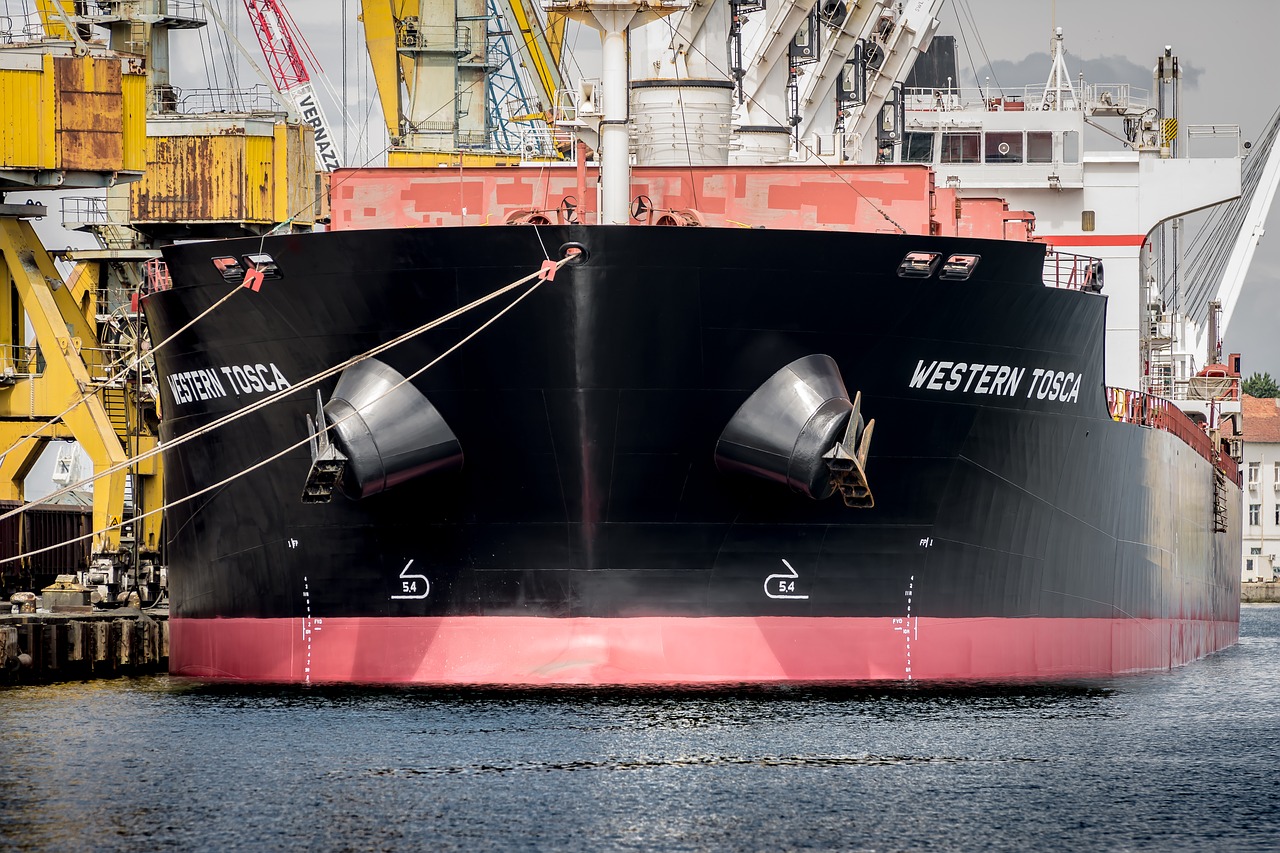
One bizarre maritime cargo incident involved several giant plastic pipes that were going to be delivered from Norway to a project in Algeria. Due to an unfortunate collision, the cargo was washed out to sea and ended up on a Norfolk beach in the United Kingdom.
The longest pipe was a colossal 1,547 feet long and had a diameter of eight feet. Its length was equivalent to the length of five Jumbo 747 airliners (or over three times the height of the statue of Liberty!).
Sadly, the pipes were damaged beyond repair, so they had to be sent for recycling once they were salvaged.
15. Flying tank!

Over fifty years ago, the Russians developed an experimental tank called the A-40. It was a small tank with a pair of wooden biplane wings attached to it.
The idea was that it could be towed into the air and later released to glide into battle. But when testing it, the only way to get it airborne was to remove its crew, weaponry, all its ammunition, and most of its fuel.
So, after just one test, the Russians decided to abandon the whole project in 1942.
16. A fish worth its weight in gold!
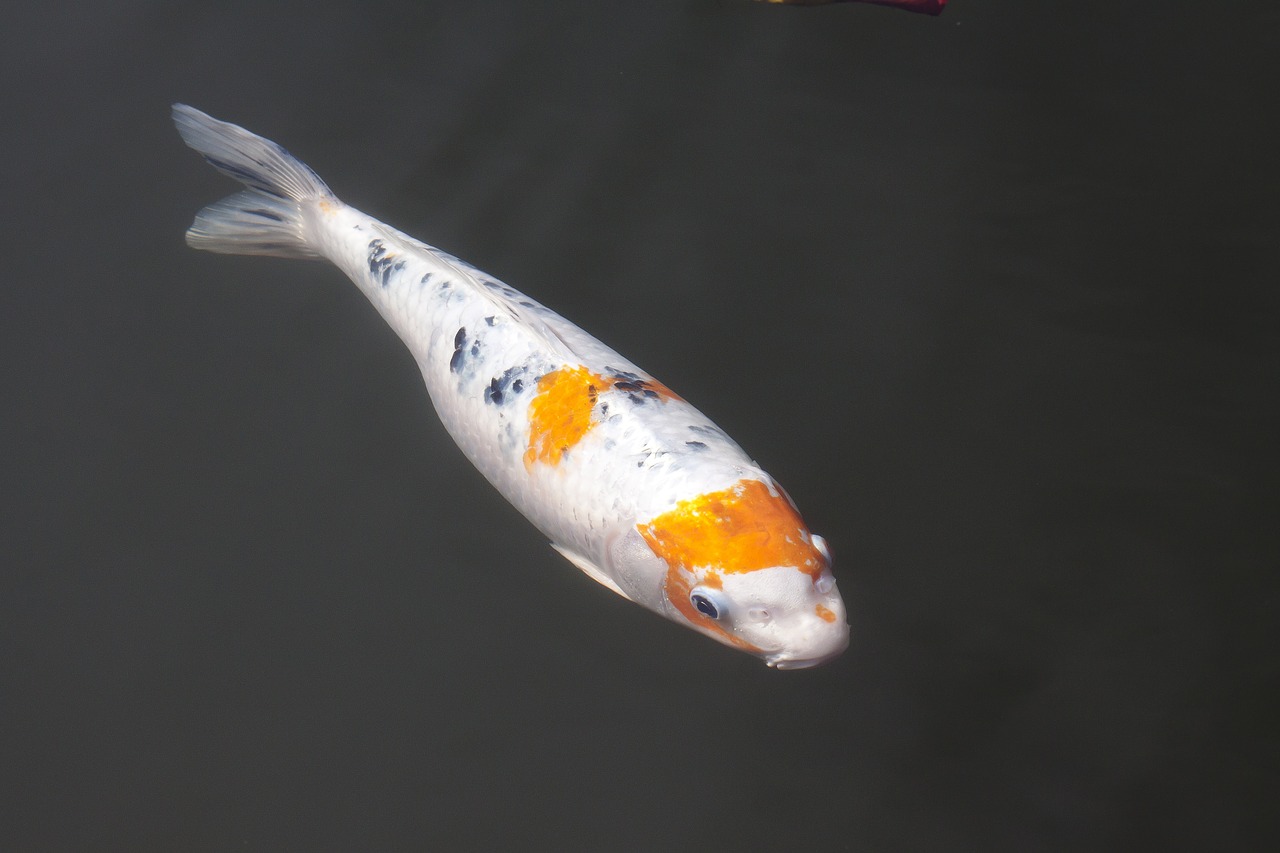
International freight specialist CAL Cargo Airlines states that any goods valued at over $2,200 a pound are designated as “Valuable Cargo.” And in Japan where Koi Carp (a bit like a giant goldfish!) is big business, these fish are valued much higher.
Live specimens are regularly flown around the world to collectors. In 2018 a three-foot Koi called S Legend was sold for a record $1.8 million (roughly $27,000 per pound). This is about the same price as gold, which is $25,200 per pound (as of Feb 14, 2020).
17. Tank, anyone?
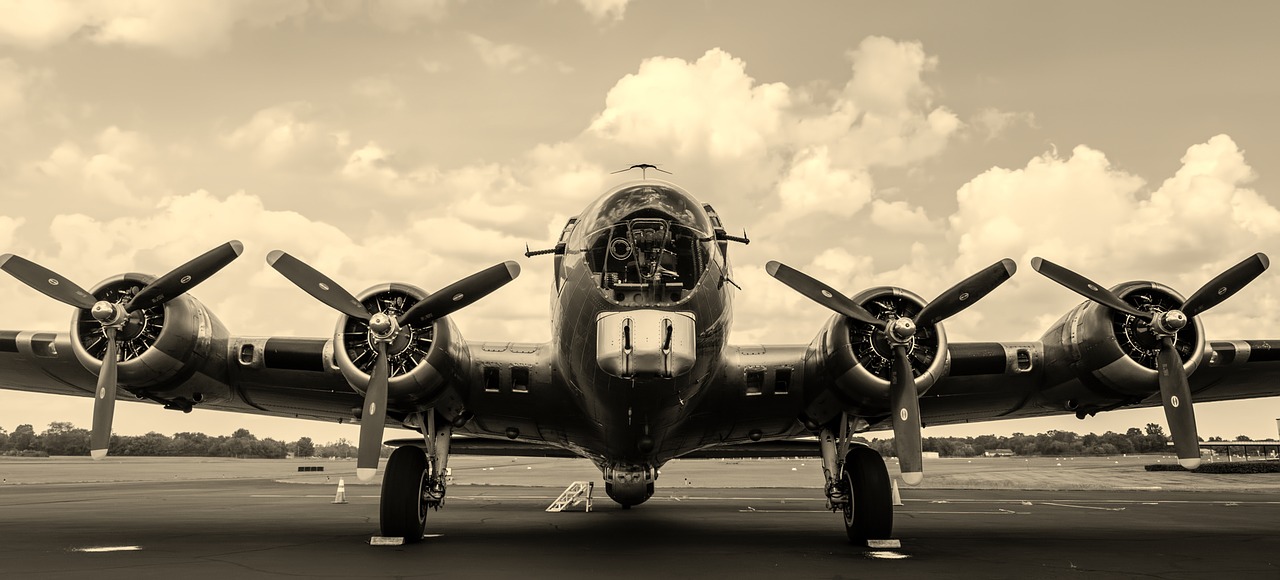
We’re not sure who had the bright idea of sticking a tank to the underside of an aircraft and ferrying it around, but this is exactly what the Russians did in the mid-1930s. They experimented with strapping light tanks underneath their heavy bombers.
This proved cumbersome and time-consuming, with only one carried at a time. It was further complicated because the only convenient runway to land them on was far from the front lines where these tanks were needed the most.
18. Flying cars!
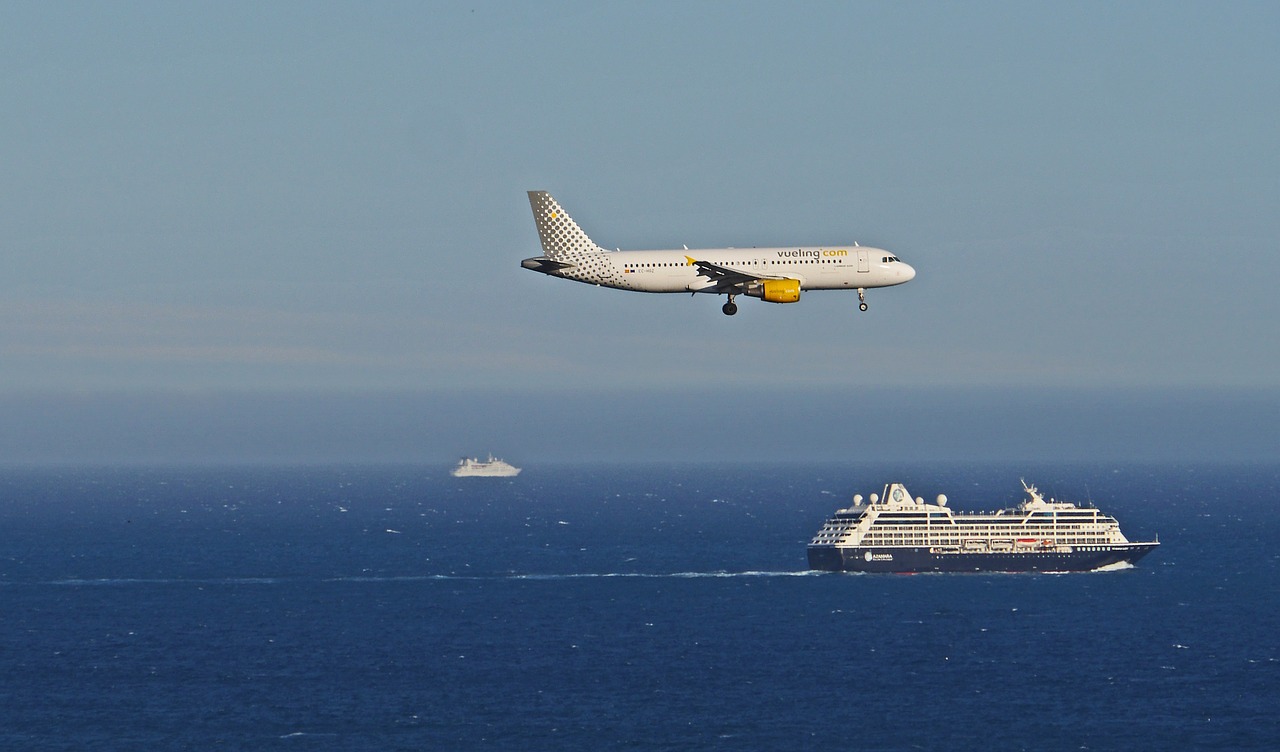
The Bristol Freighter twin-engine aircraft of the 1950s was designed as a commercial air ferry to carry passengers and cars relatively short distances. Its main drawback was that it could only carry a maximum of twenty passengers and three cars, which were loaded via the nose of the aircraft.
At first, it proved surprisingly popular on the cross-channel routes to France, as it was fast and not much more expensive than sea ferries at the time. But with the introduction of high-capacity roll-on/roll-off ferries in the 1960s and the fuel crises of the early ’70s, the air ferry concept proved uneconomical and the service was discontinued.
19. Money, money, money!

On Saturday, February 9, 2002, the Irish Republic officially adopted the Euro; the Irish currency ceased to be the country’s legal currency. Shortly afterward, a merchant ship made its way from England up the Celtic Sea to drop off several million coins destined for destruction.
Already, bundles of the old banknotes had been shredded, then pulverized, turning them into briquettes and given to the poor as fuel. Each one contained notes that would have been worth $26,000.
20. Britain invaded & conquered!

In the 1870s, crates full of grey squirrels were shipped from North America to London as fashionable gifts. This seemed odd, yet the “harmless” cargo was to be the most successful invasion of Britain when the little rascals quickly escaped.
Within just a few decades they had wiped out most of the native population (the far more timid red squirrel) through competition and by spreading the deadly squirrel-pox virus. There is much debate surrounding what to do with this invasive species, as it is very important to the eco-system to help keep a forest healthy.
Please Note: If you decide to eat one, avoid eating its brain as this can cause a fatal disease called Creutzfeldt–Jakob disease.
21. Funny, but something more sinister perhaps?

A 60-year-old Taiwanese woman returning home from China was spotted walking awkwardly as she passed through the seaport’s custom checkpoint after a vacation. On closer inspection by the customs officers, what did you think they found?
Under her skirt, they discovered twenty-four gerbils taped to her thighs! The woman claimed they were gifts for her friends, but the authorities believed she was testing the port’s security ahead of a drug smuggling run!
22. If man was meant to fly, he’d have wings!

Isn’t it weird that we have spent so much time and energy to master the art of flying? Even so, it’s something we have only truly managed to achieve in the last one hundred years.
In fact, apart from bats and flying squirrels (which in fact glide rather than fly), very few mammals can travel through the air and none can do it as we do.
In a passenger plane, we can fly over nine miles a minute, at an altitude of 35,000 feet, where there is no breathable oxygen and we have to be heavily protected against the outside temperature (which is around -60C). So, when you think about it, we are most definitely a bizarre cargo.
23. So you think a flying horse is a Pegasus?

You might be surprised to find out that horses are commonly flown around the world for such things as show-jumping competitions and racing events. Boeing 777 aircraft can fit between 60 to 70 horses in temperature-controlled cargo zones with adjustable lighting. They are accompanied by specialized assistants, as some of these horses are worth several million dollars.
Some cargo companies even offer different levels of luxury for these traveling horses in coach, business, or first class. Like their human counterparts, the higher the level, the more legroom they get, along with a better quality of food.
24. Supersonic bees!

Did you know that UPS allows the transportation of live bees on mainland United States and internationally by air or truck (with certain restrictions)? You can also ship a variety of other animals including octopuses, snails, and sea turtles.
But you cannot send any poisonous animals or those that are classified as obnoxious insects (flies, mosquitoes, locusts, etc.).
Please Note: The rules for shipping live cargo can be complicated, varying much from country to country; they are also subject to change at short notice. So, before you pack up any kind of animal, always check with the carrier first.
25. Fast food just got faster!

Once, due to a computer mishap, a well-known fast-food chain in the US found itself in an embarrassing position; it was about to run out of ketchup at some of its stores!
As hundreds of stores would be affected, the company hired a Boeing 747 and loaded it with 90 tons of ketchup and sped across the country, delivering its crucial load as it went. By the end of the day, customers were none the wiser about how close the fast-food company had come to a culinary disaster.



























